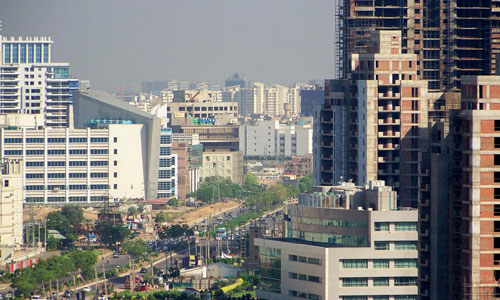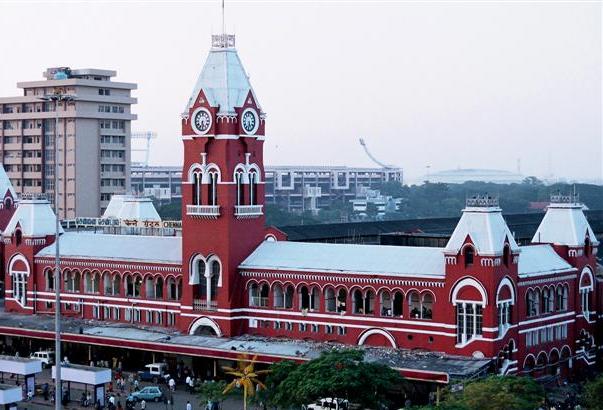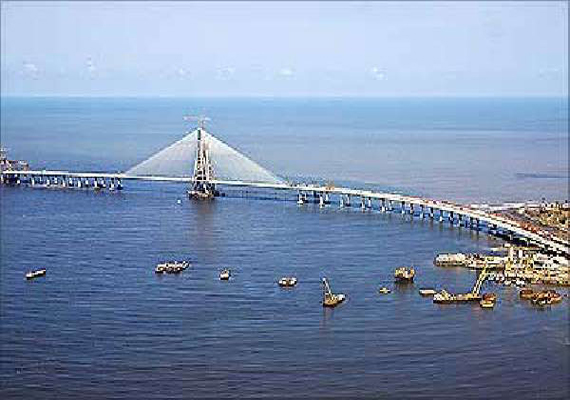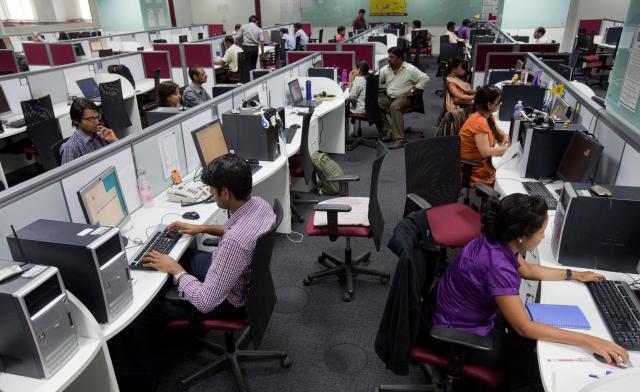
Transit-oriented development to put Gurgaon on global map
Global success cases of transit-oriented development include Malaysia, Hong Kong,…

Global success cases of transit-oriented development include Malaysia, Hong Kong,…

JLL report finds Chennai market rising to new high. Chennai’s…

“I am reading these newspaper reports about the real estate sector demanding so many things with the Union Budget. Most of these demands are for their financial health than understanding the market from common homebuyers’ perspective like us. Do we matter at all in this eco system where neither the government nor the developers understand what keeps us away from the property market,” says Shweta Sanyal, an advertising professional in Mumbai.

Surrounded by luxury projects around, this project has been conceptualised as super-luxury experience for the discerning homebuyers that aims to cater to High Networth Individuals (HNIs). Surrounded by a lush green expanse, Paras Quartier aims to truly reflect the ultimate luxury feel in 3 dimensional spiral structure. Highlighted by its 3 Dimensional super tall Iconic Tower and the other two grand condominium towers, Paras Quartier, spread over 10 acres of land, has been visualised as a spiral tower that offers open wide spaces and ample green area.

For achieving 10% growth, India’s domestic economy needs to attract added investor interest, including that of overseas funds. Increased levels of foreign investments would be welcome for the Government’s recently launched “Make in India” initiative as well.

An airport has been catalyst to the development and urbanisation of any given city. More often than not, it proves to be the catalyst to the growth of the real estate market of the given city. After all, the housing market is heavily dependent on the commercial activity in the city and for the big ticket commercial activities to take place what the multinational companies and the big corporate houses need the most is an international airport.

Despite slowdown, Mumbai remains the most lucrative investment destination in India, says the second edition of Knight Frank India Residential Investment Advisory Report 2016.

The IT/ITeS sector has clearly been driving corporate real estate in the country; and consequently, much of the development in this space is being propelled by IT and back-office demand for workspaces, as per CBRE’s India report – Real Estate & Workplace Strategies of Shared Services Occupiers.

A few may have succeeded but most of the developers have failed to position themselves right during the slowdown. In the process Track2Realty finds that the brand realty has taken a severe beating, losing the trust of both the end-users and the investors. The brand positioning that differentiates between the two different realty companies is today negligible with developers’ focus to sell. That, unfortunately, is not working for them and commanding premium over the brand reputation today is a far cry. Our team speaks to a cross section of developers, analysts and brand experts who may differ with each other but nearly all agree that sector has to come out of the Catch 22 situation.

From being the governance wild child to maturing into a market influencer, India’s real-estate sector has transformed in the past decade, with a paradigm shift from family owned businesses to corporates along with a few companies listing on stock exchanges. The change began with the government opening doors to Foreign Direct Investment (FDI) in 2005 and then welcoming the next wave of stability as corporate houses brought image restoration for the sector. Led by corporate entities, realty companies soon adopted corporate governance wherein transparency began to trickle down into the system as a norm slowly.
